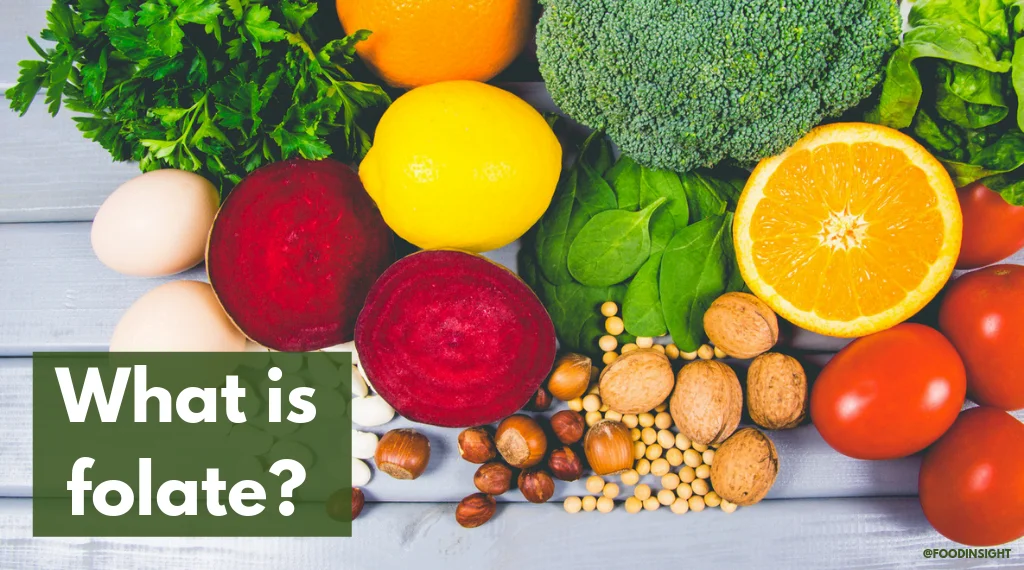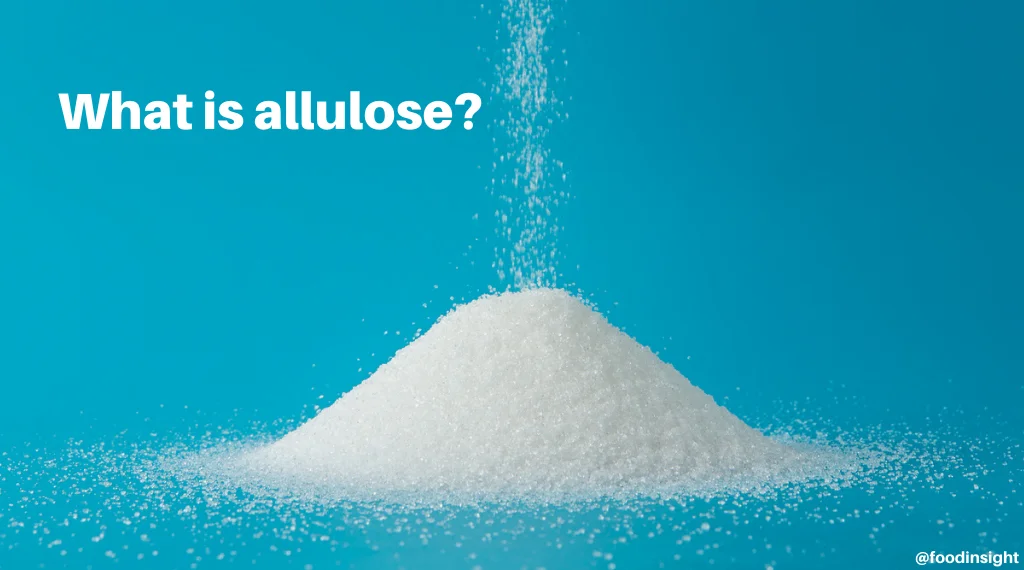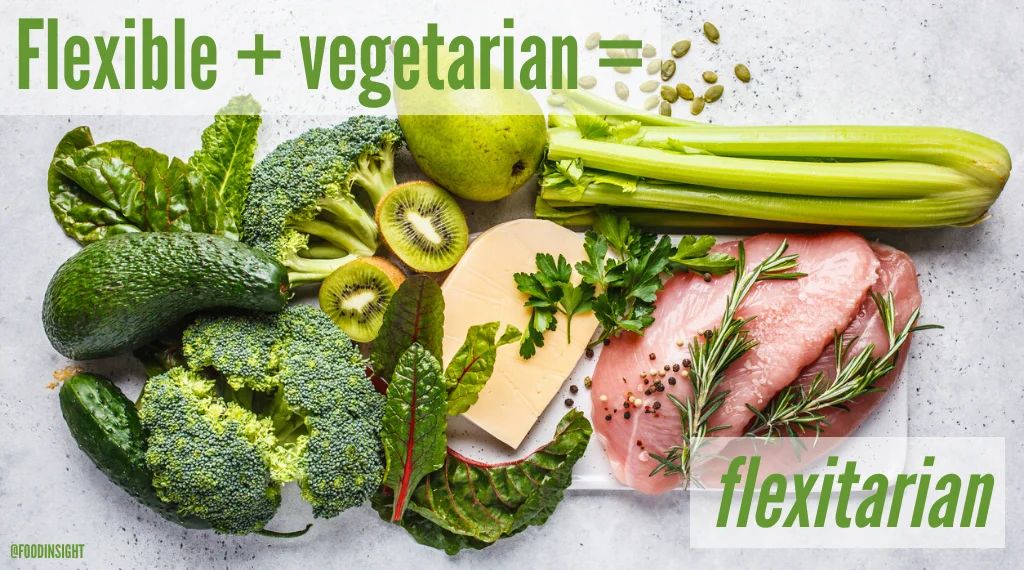
Highlights
- Folate is a water-soluble B-complex vitamin that is found in a variety of vegetables, legumes, pulses and animal foods.
- Folate is essential in our body for brain development, red blood cell production, amino acid metabolism and DNA synthesis.
- Since 1998, the U.S. Food and Drug Administration requires that folic acid, the synthetic form of folate, be added to enriched grain products to help women of reproductive age reduce the risk of having a pregnancy affected by a neural tube defect.
The Basics
Folate is a type of water-soluble B-complex vitamin, also known as vitamin B9. It is essential for brain development and function, amino acid metabolism, red blood cell production and DNA synthesis. Folate can be found in a variety of foods, including vegetables (especially dark leafy greens), fruits, beans, peas, eggs and some meats and seafood. Folate is also produced synthetically (in the form of folic acid) and added to foods. Our bodies cannot produce folate, so it is important to ensure we get enough folate in our diets.
Folate and Health
Fortification in the context of nutrition refers to the addition of nutrients that are not originally present in a food. The significance of consuming enough folate during pregnancy in order to protect against neural tube defects (NTD) has led to the fortification of certain foods with folic acid. In 1998, the U.S. Food and Drug Administration required that folic acid be added to enriched grain products such as bread, pasta, rice and cereal. Fortifying foods with folic acid has been effective in reducing prevalence of NTDs. A 2011 study from the Centers for Disease Control and Prevention (CDC) showed that NTD birth prevalence decreased by 35% in the United States between 1999 and 2011. Today, more than 80 countries around the world have mandatory folic acid fortification policies in place, yet folate status remains too low in the majority of women of childbearing age.
Folate also plays an important role in producing red blood cells in the bone marrow by working closely with vitamin B12. Inadequate levels of folate can lead to anemia, a condition of not having enough red blood cells to carry oxygen to body tissues that results in fatigue, weakness and shortness of breath.
Other benefits of folate, including some related to cardiovascular health, have been suggested. Elevated levels of homocysteine are associated with an increased risk of cardiovascular disease. Because folic acid supplements have been shown to lower levels of homocysteine, some scientists have examined whether folic acid might reduce the risk of cardiovascular disease. However, a 2015 Cochrane systematic review concluded that there is no evidence to suggest that folic acid supplementation to lower homocysteine levels is beneficial for cardiovascular health. In contrast, recent research (in 2012, 2017, and 2018) has shown that folic acid supplementation (or folic acid along with other B-vitamins) is effective in reducing the risk of stroke, especially in those with low folate status.
Recommended Intakes
Folate is essential to consume daily. One reason for such regular intake is due to the fact that folate is water-soluble. Because of this property, excess folate is not stored in the body in large quantities and must be continually replenished. The recommended daily amount of folate for adults is 400 micrograms (mcg).
While adequate intake of this vitamin is important for everyone, it is especially important for women who are pregnant or planning to become pregnant, due to the role folate plays in preventing birth defects. Folate needs are higher during pregnancy and lactation in order to fuel rapid growth of the fetus and newborn baby, which is why recommended daily intakes for women are 600 mcg and 500 mcg respectively during these life stages. Women who plan to become pregnant should consume 400 mcg of folic acid in supplement form daily, along with eating foods that contain folate. According to the CDC, women who have had a baby with an NTD in the past should take 4 milligrams per day of folic acid starting one month before getting pregnant again and continue supplementation through the first trimester of pregnancy.
The amount of folate we need each day depends on our age and life stage. The Dietary Reference Intakes for folate have been established by the National Academies of Science, Engineering and Math:
| Age | Daily folate recommendation (mcg) |
| 0 to 6 months | 65 |
| 7 to 12 months | 80 |
| 1 to 3 years | 150 |
| 4 to 8 years | 200 |
| 9 to 13 years | 300 |
| Over 14 years | 400 |
| During pregnancy | 600 |
| During lactation | 500 |
Table source: Institute of Medicine. 1998. Dietary Reference Intakes for Thiamin, Riboflavin, Niacin, Vitamin B6, Folate, Vitamin B12, Pantothenic Acid, Biotin, and Choline. Washington, DC: The National Academies Press. Accessed July 17, 2019.
Food Sources
Folate is found in a wide range of foods, including vegetables (especially dark leafy greens like broccoli, brussels sprouts and spinach), fruits such as avocado, as well as legumes, pulses, eggs and some meats and seafood. Enriched bread, flour, pasta, rice, ready-to-eat cereals and other grain products are also common food sources of folic acid.
| Food | Portion | Folate (mcg) |
| Beef liver, braised | 3 ounces | 215 |
| Lentils, cooked | ½ cup | 181 |
| Spinach, boiled | ½ cup | 131 |
| Rice, white, fortified, cooked | ½ cup | 90 |
| Brussel sprouts, frozen, boiled | ½ cup | 78 |
| Pasta, enriched, cooked | ½ cup | 74 |
| Avocado, raw, sliced | ½ cup | 59 |
| Broccoli, cooked, chopped | ½ cup | 52 |
| Breakfast cereals, fortified, 25% DV | ½ cup | 50 |
| Bread, white, fortified | 1 slice | 50 |
| Peas, green, frozen, boiled | ½ cup | 47 |
| Crab, blue, cooked | 3 ounces | 43 |
| Peanuts, dry roasted | 1 ounce | 27 |
| Egg, hard-boiled | 1 large | 22 |
Table Sources: 1) U.S. Department of Agriculture, Agricultural Research Service. FoodData Central. Accessed May 12, 2022. 2) National Institutes of Health (NIH) Office of Dietary Supplements (ODS). Folate: Fact Sheet for Health Professionals. Accessed May 12, 2022.




